Imagine nurturing your tomato plants for weeks and then discovering partially eaten tomatoes or entire fruits missing. This frustrating and common scenario can leave all the gardeners puzzled and make them look for the culprits behind these disappearing or damaged tomatoes.
The tomato thefts in your garden call for immediate action, and identifying the intruder is crucial as it will help you protect your precious crop. So, let’s dive deep and look for the tomato thieves and take practical steps to safeguard them.
Identifying the culprits will be the first step in protecting your harvest and then implementing the targeted solutions for keeping your tomatoes safe.
In this guide, we’ll uncover the suspects and effective strategies to deter them so that you can reclaim your garden and enjoy the fruits of your labor without any unwanted intrusions.
Also, read: What Family Do Tomatoes Belong To?
Which Animals Are Eating My Ripe Tomatoes In The Garden?
Table of Contents
Several creatures can target your ripe tomatoes, so it is essential to monitor the garden consistently and apply integrated pest management techniques to protect your tomato harvest.
Let us now explore the most common tomato predators:
1. Slugs And Snails
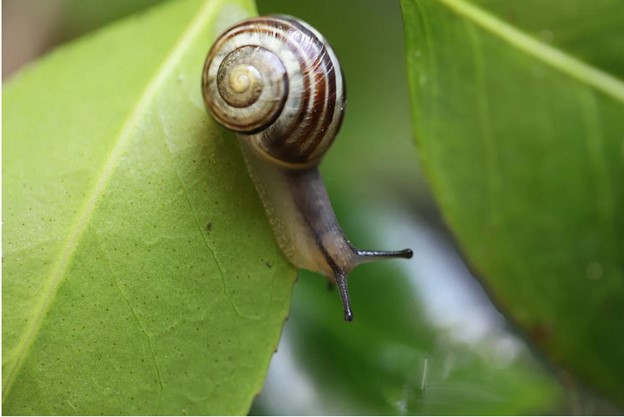
Slugs and snails leave small trails on the plants and feed primarily at night. These attack the insects in the late growing season and are known to thrive in moist conditions. They wreak havoc on your tomato plants as they have an appetite for juicy tomatoes and tender leaves that can significantly damage your plants.
2. Stink Bugs
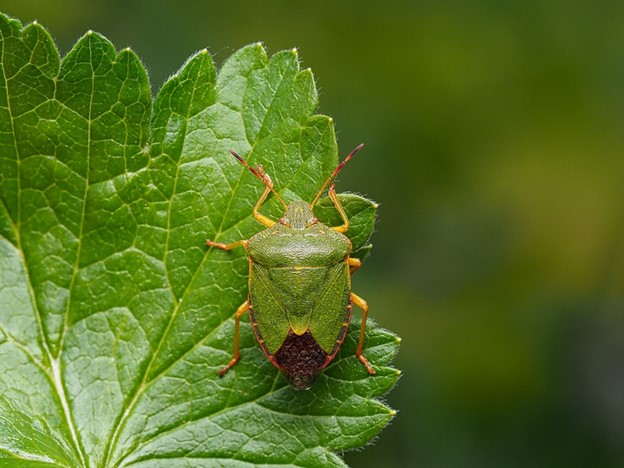
Stink bugs feed on tomatoes by piercing the skin and by sucking the juice out, thereby causing slight blemishes. They leave the gardeners frustrated and also damage the plants and leave the tomatoes unsuitable for consumption.
3. Hornworms
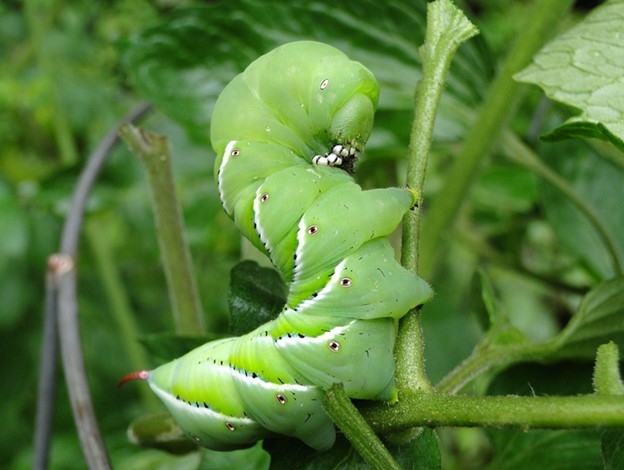
Tomato hornworms and tobacco hornworms are destructive pests for tomato plants and can devour the fruits along with the plant. They feed on the tomato plant leaves and also chew the entire ripe fruit completely, leaving large bite marks on them.
4. Birds

Birds are frequent visitors to the tomato gardens, and they peck at the ripe tomatoes to access the moisture inside the fruit and make sharp holes inside the fruit. They do not eat the fruit completely, but multiple pecks are noticed on the outward covering of the fruit.
5. Squirrels
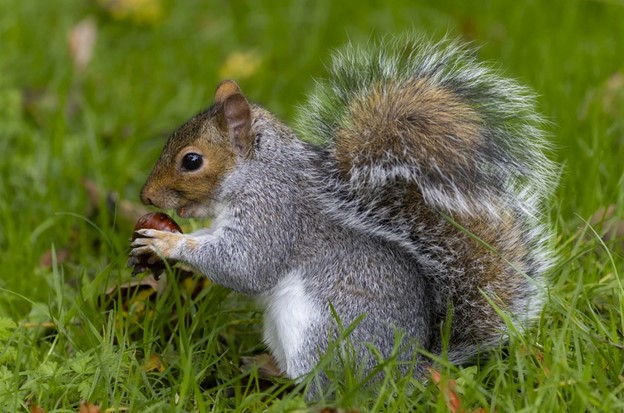
Squirrels are known for snacking on ripe tomatoes, especially during droughts, and eat the tomatoes partially. You’ll encounter irregular bite marks on the tomatoes and will also notice the partially eaten tomatoes hanging on the vine.
6. Raccoons

Raccoons are nocturnal creatures and are in love with ripe tomatoes. They can eat up an entire tomato in a single night and can also cause significant damage to the plants, such as trampled plants or broken stems.
7. Deer
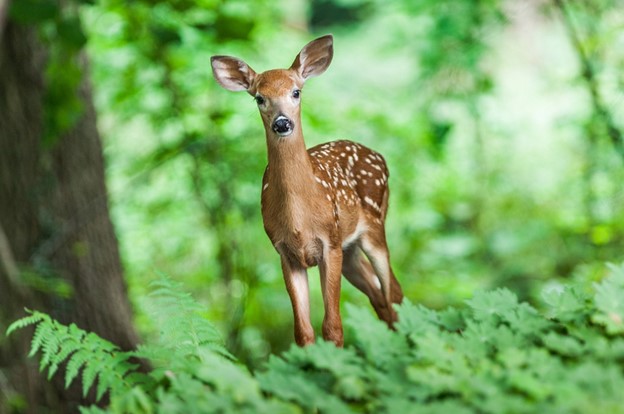
When it comes to deer, they are voracious eaters, and they won’t hesitate to eat up the entire plant from top to bottom. The fruits, leaves, and stems can be entirely devoured by deer.
8. Rats And Mice

Rodents are also attracted to tomato plants, especially to ripe tomatoes, and in the darkness of the night, they eat the entire fruit or eat those partially by leaving small gnaw marks on the fruit.
9. Groundhogs
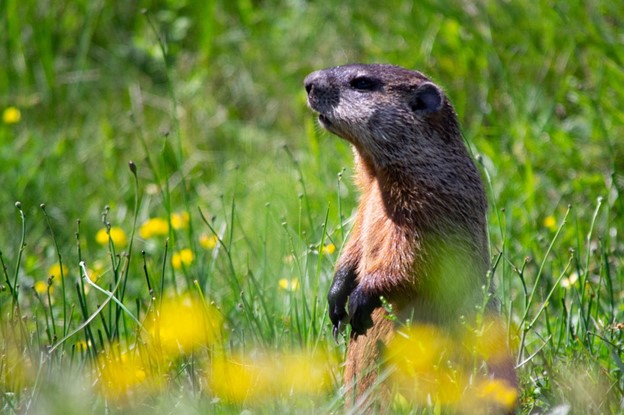
Groundhogs, or woodchucks, are also known to devour the entire plant along with the fleshy fruit and leave bite marks on some. They chew the entire plant and then target the juicy fruit.
10. Fruitworms
Tomato fruit worms are also known as corn earworms and are termed a destructive pest. They target ripe tomatoes and create small holes inside the fruits, leaving them unfit for consumption. They leave behind black or brown spots and cause irregular holes and chewed edges.
11. Rabbits

These furry little creatures nibble on ripe tomatoes and even chew down the stems or young fruits. With their sharp teeth, they leave behind clean, sharp cuts on the tomatoes along with the stems and leaves.
What Measures Can I Take To Safeguard My Tomatoes?
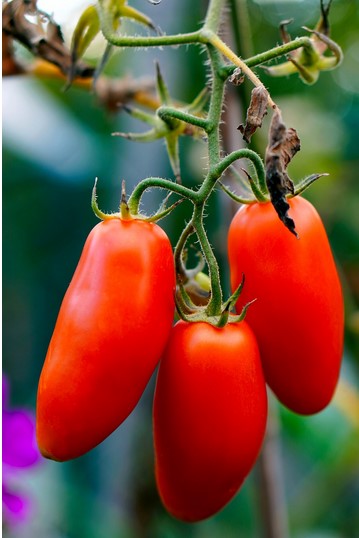
Protecting your tomatoes from animals, insects, and other environmental factors will result in a thriving harvest. To safeguard your tomatoes from the little culprits, you can take the following steps to keep the intruders away from your garden:
1. Use Physical Barriers
Using a physical barrier is very effective in protecting the tomatoes, as it prevents the animals or pests from directly entering the spot. Options for physical barriers include chicken wire, hardware cloth, netting, or tomato cages. Surrounding the tomato plants with these physical barriers will deter the animals and birds and will also create a barrier around the fruit.
2. Add Motion Detectors
Motion detectors also play a big role in deterring the animals as they get startled by sudden movement or noise and hence work effectively in keeping the intruders at bay without causing them any harm. Motion-activated sprinklers, motion-activated lights, or ultrasonic devices, if positioned strategically around your garden, will deter unwanted guests and will be an effective way to safeguard the tomatoes.
3. Create Distractions
Redirecting the attention of the animals to somewhere else by providing an alternate food source will act as a distraction and will also enhance the garden’s biodiversity. Placing bowls of water or food away from the garden will keep the animals hydrated and, at the same time, will direct their attention to a different area.
4. Apply Repellents
Strong smells act as an excellent deterrent for animals, so effective repellents such as garlic or pepper spray when spread around the tomato plants will repel many animals due to their pungent smell and taste. Ensure you’re using non-toxic, plant-safe repellents that are specifically designed to deter pests or animals.
5. Harvest Early

Harvesting the tomatoes before they are fully ripe will help you protect your tomatoes, as animals and pests are mostly attracted to ripened tomatoes. So, harvest the tomatoes when they begin to change their color and keep them in a warm, indoor location so that they become fully mature and reach their ideal stage of ripening.
Closure
So, identify the culprits and take action to protect your harvest and eliminate all the possible risks by staying vigilant and proactive.
Equip yourself with these strategies and reclaim your garden space by enjoying the fruits of labor throughout the season.
Leave a Reply